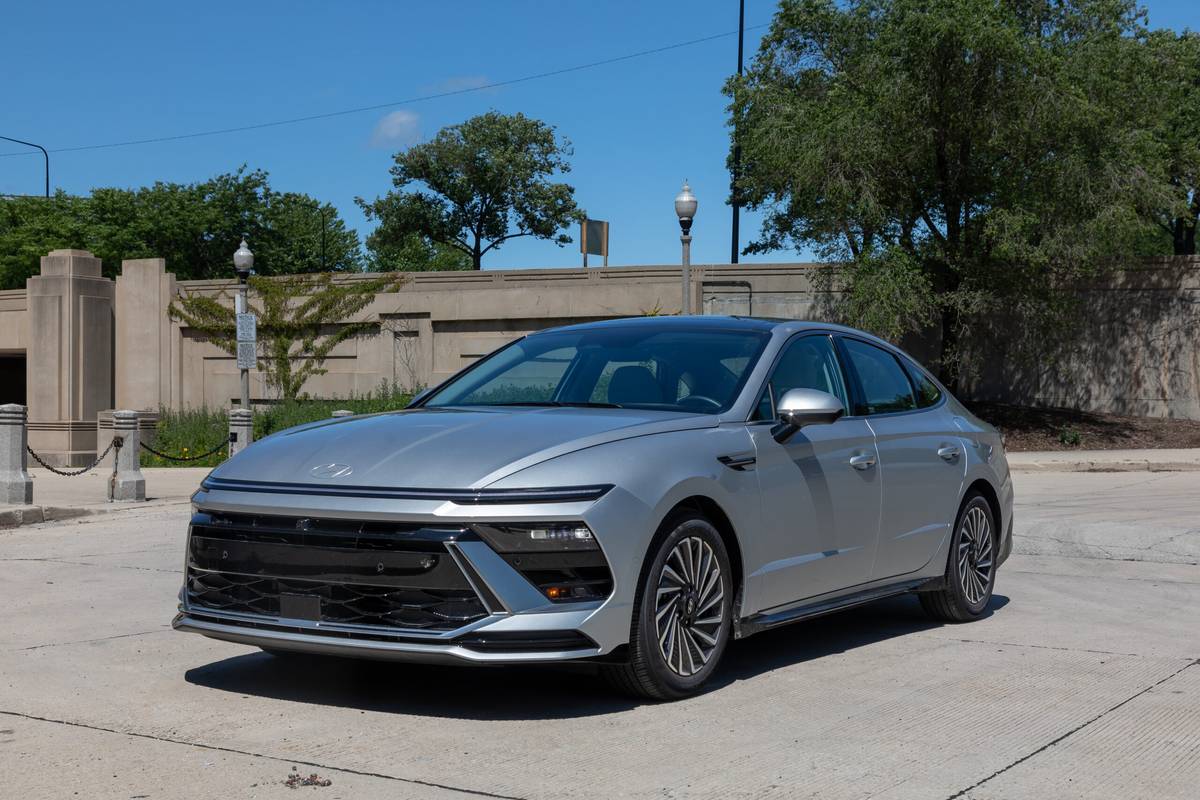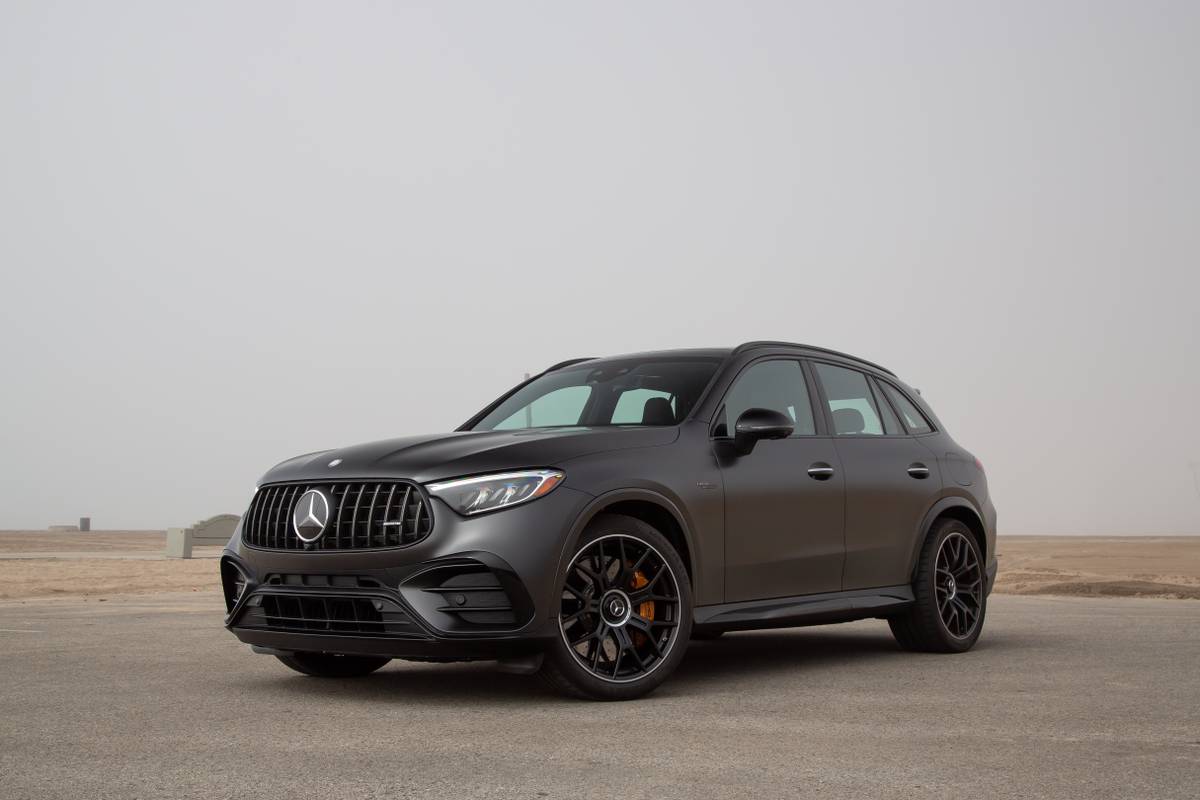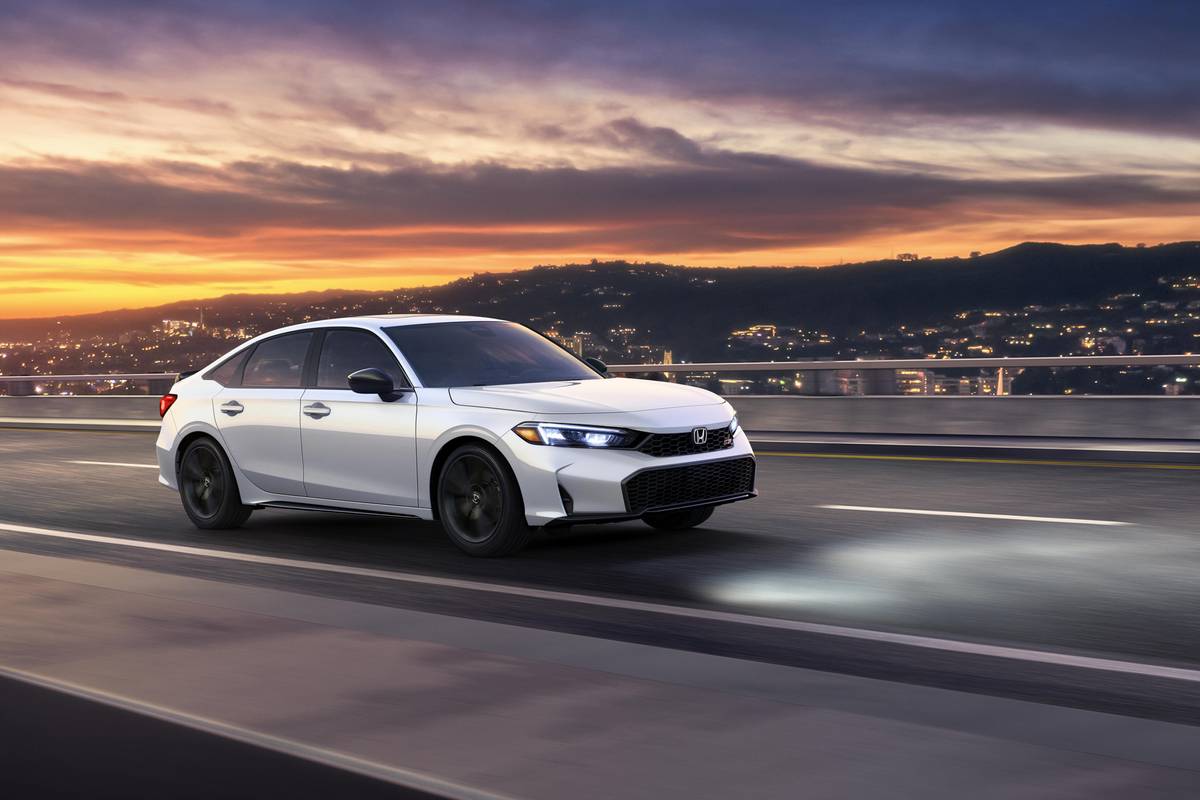washingtonpost.com's view
The first time was disappointing. The car was beautiful. It looked hot. But it was more show than go. That was in 1998, in California, when I drove the initial version of the Volvo C70 convertible.
I was smitten by its looks — a topless, muscular body with burled walnut and supple leather inside. But maybe I was more surprised than smitten. Volvo back then wasn’t known for making pretty cars. “Sex” wasn’t in its design vocabulary.
So it was exciting to be in that first C70, tooling around California looking cool and everything — but getting blown away by Chevrolet Camaros and Ford Mustangs.
The problem was the C70’s engine. On paper it seemed powerful enough — a 2.4-liter, light-pressure-turbocharged, in-line five-cylinder, 190-horsepower job. But on the road it was an ode to motorized mediocrity, especially in a car so visually appealing. Driving it was like being on a date with a gorgeous partner of limited imagination and even lower conversational skills.
But the second time around, with the 2001 C70, was more enjoyable. The new car came with Volvo’s optional 2.3-liter, high-pressure-turbocharged, five-cylinder, 236-horsepower engine. I could feel the difference. This one moved with authority and precision. There were no hesitant starts, no troubling downshifts during acceleration.
There was a high-pitched turbo whine, which was annoying. But with the top down the turbo noise disappeared in the rush of the wind and the roar of the ambient traffic.
Taking the top down was as easy as pushing a button on the instrument panel. Pushing the button again raised the roof.
But the C70 felt less rigid with the top lowered. There was noticeable cowl shake, which affects many convertibles whose body integrity has been compromised by the loss of a hard top.
Some automakers have managed to reduce or eliminate cowl shake through the use of structural reinforcements. Volvo clearly has more work to do in that area with the C70.
But the company got almost everything else right, and that includes safety. For example, the convertible comes with rollover protection. Two roll bars, cleverly hidden behind the rear seats, deploy automatically when sensors detect a radical tilt of the car’s body. The bars are designed to work with a reinforced windshield frame to help protect occupants from the upside-down weight of the automobile.
Seat belts are a critical part of rollover protection, too. Belts should be buckled in all moving vehicles, but that’s especially true in convertibles, where the chances of ejection are greater. When you have the C70’s seat belts on, they automatically tighten and hold occupants in place when sensors detect radical vehicle deceleration, such as in panic stops — or crashes.
But I spent little time worrying about accidents while driving the C70. The car arrived at the right time. Rainy days had come and gone. The sun was out in all its glory. Temperatures were climbing, but the air was crisp.
I put on sunglasses and a favorite cap, pushed the button and lowered the roof, put in a disc of New Orleans ragtime music, and boogied on down the road. Hey, hey, hey, what can I say? Life is good.
Latest news



